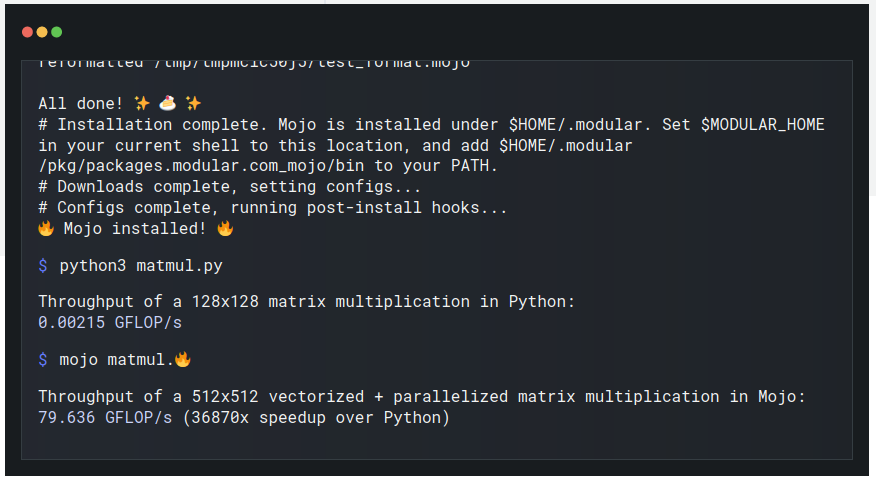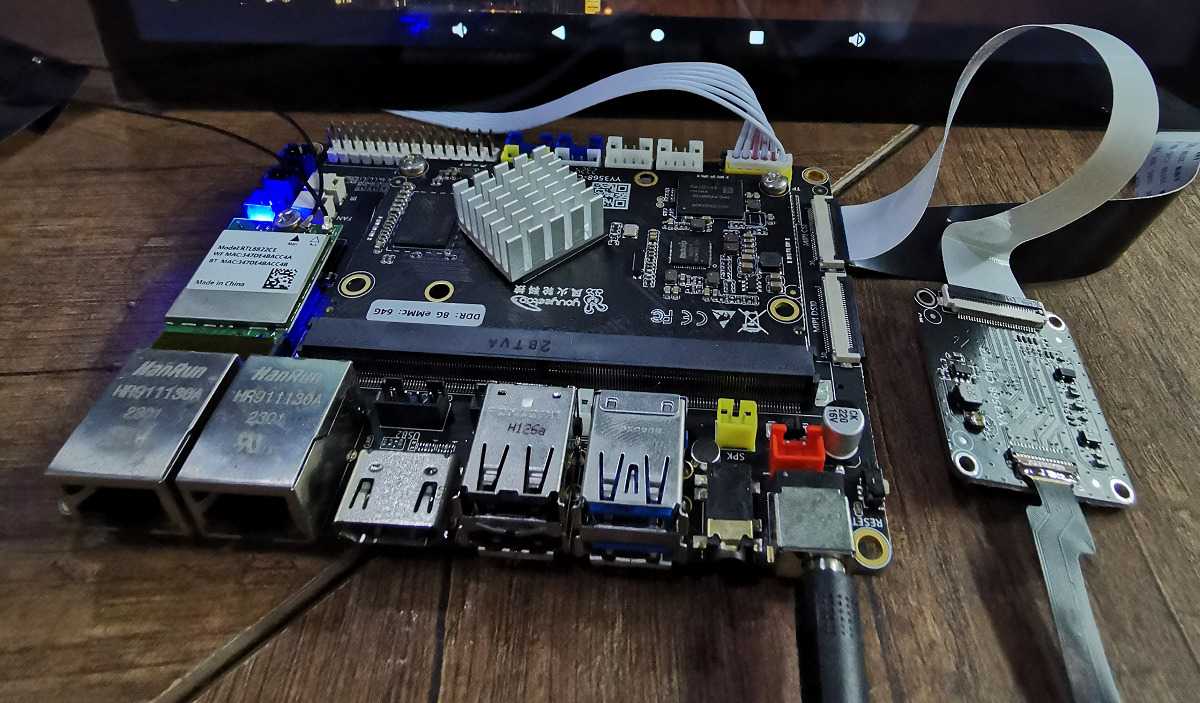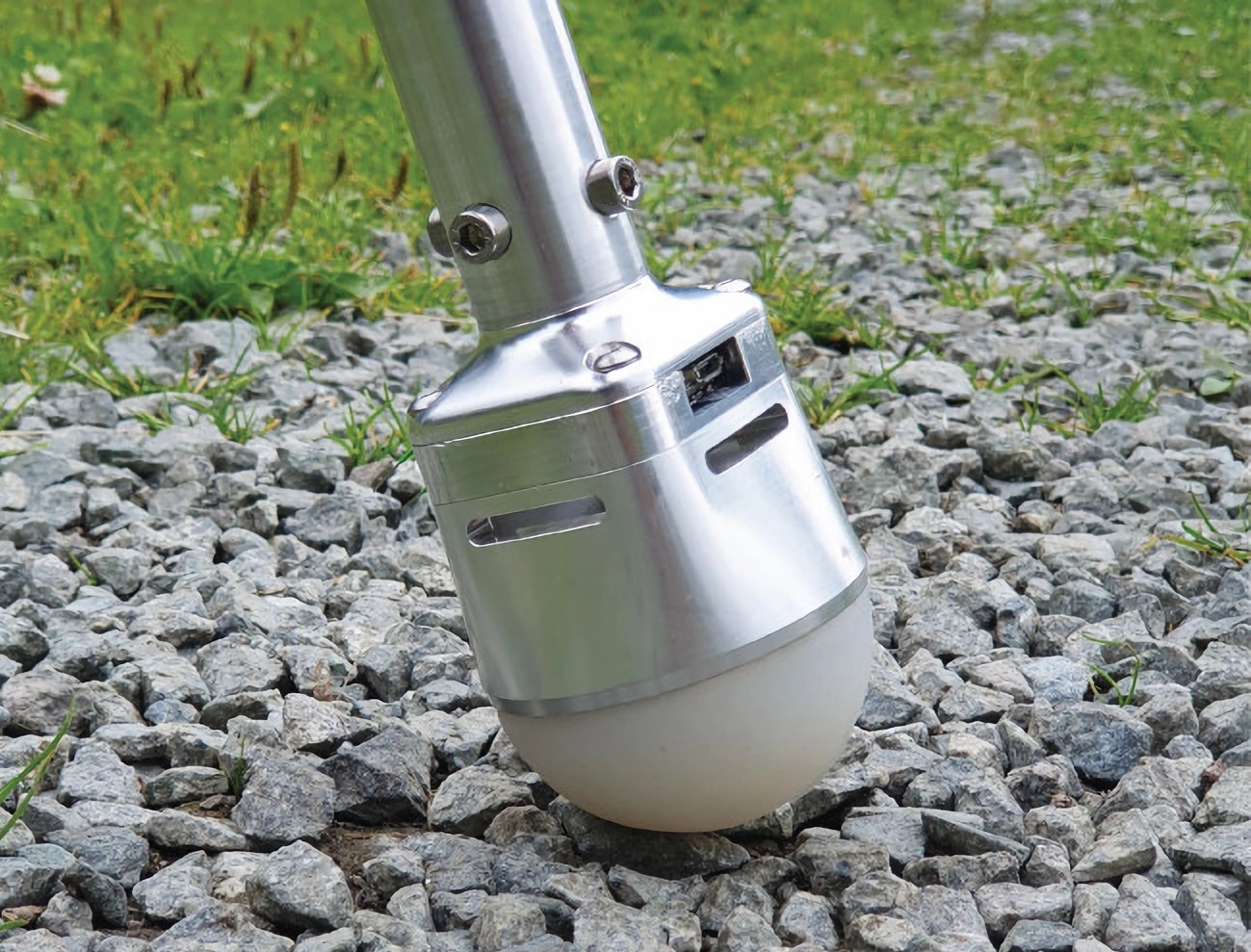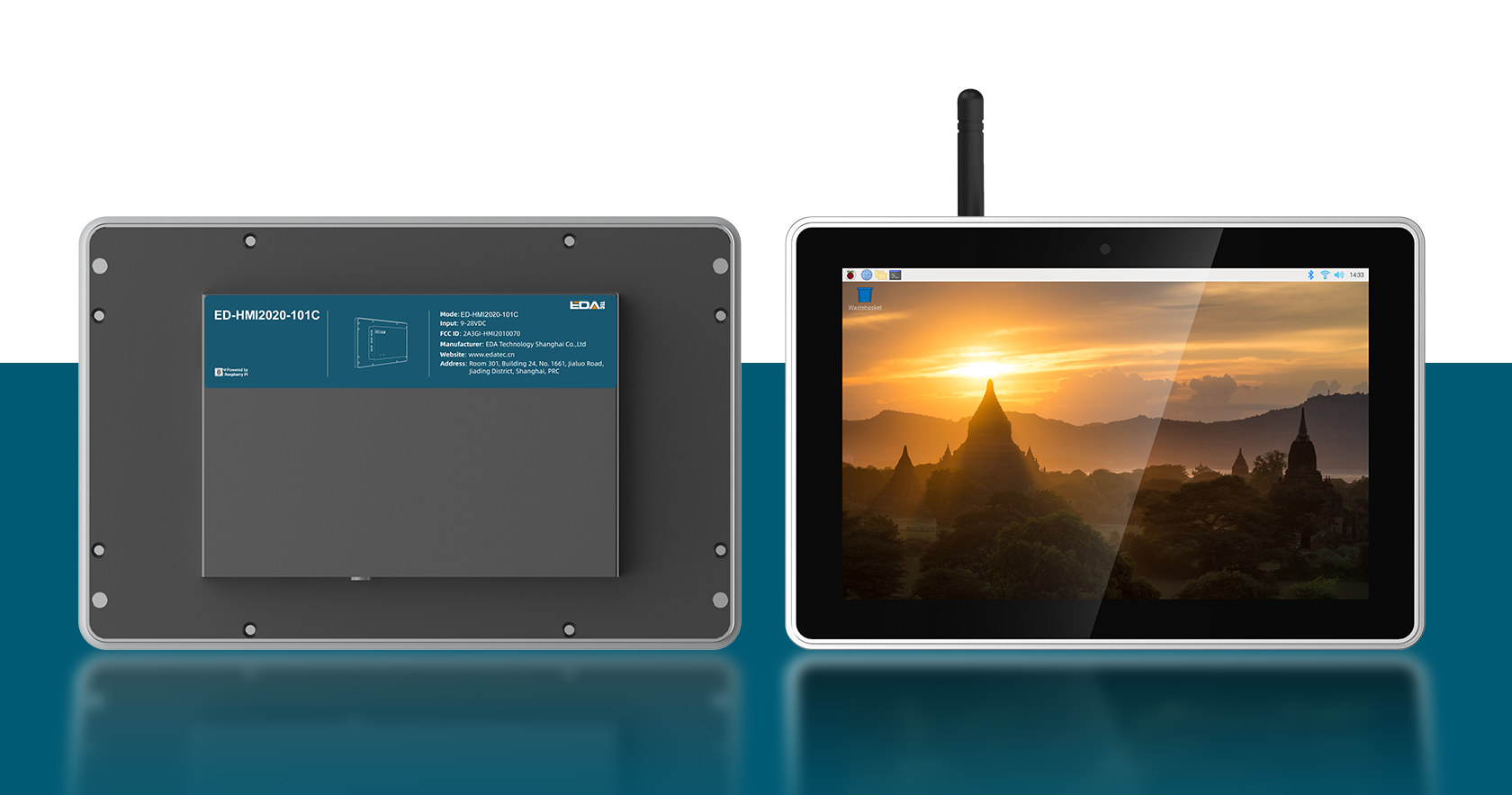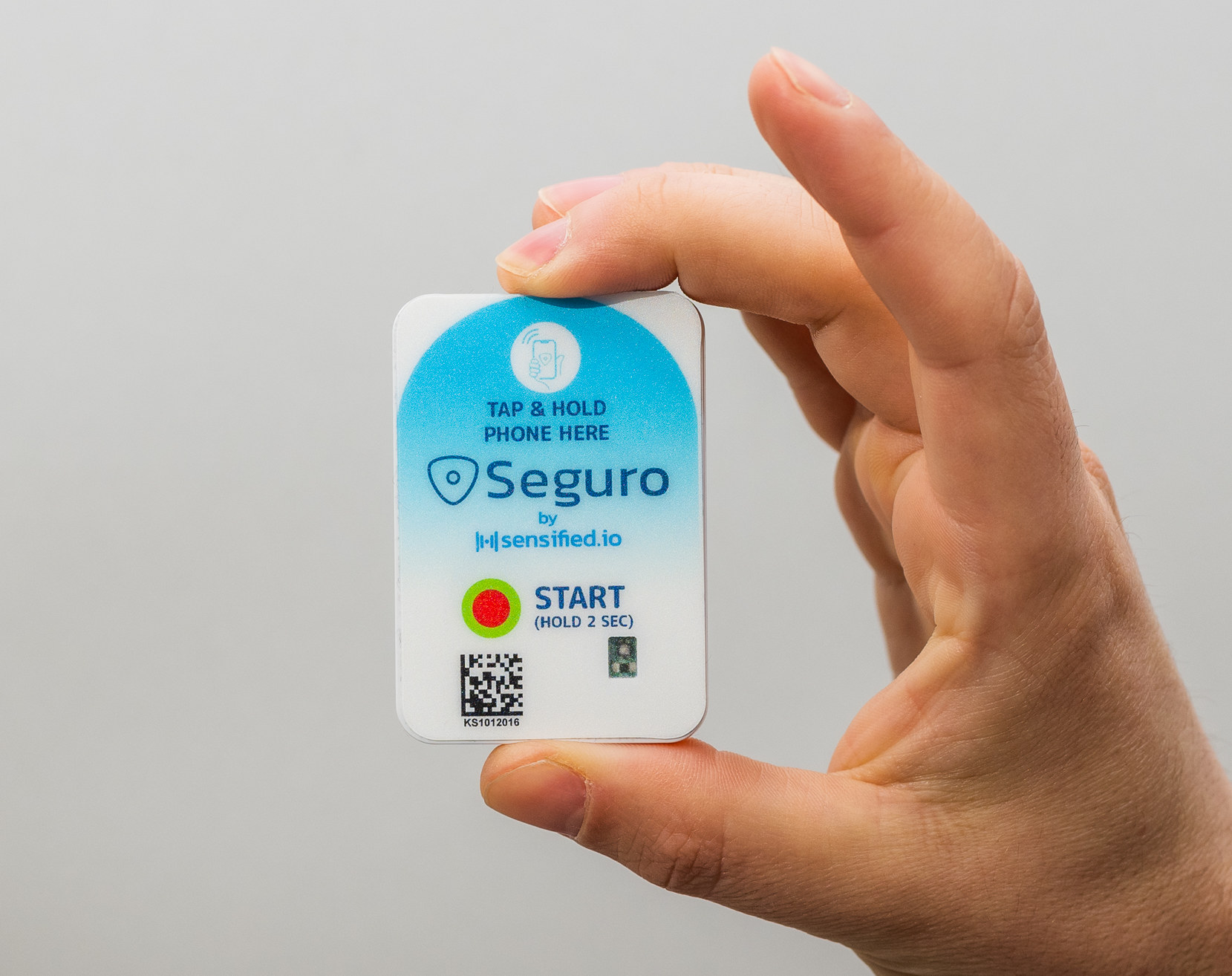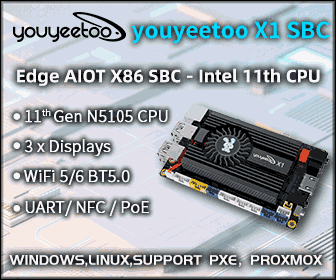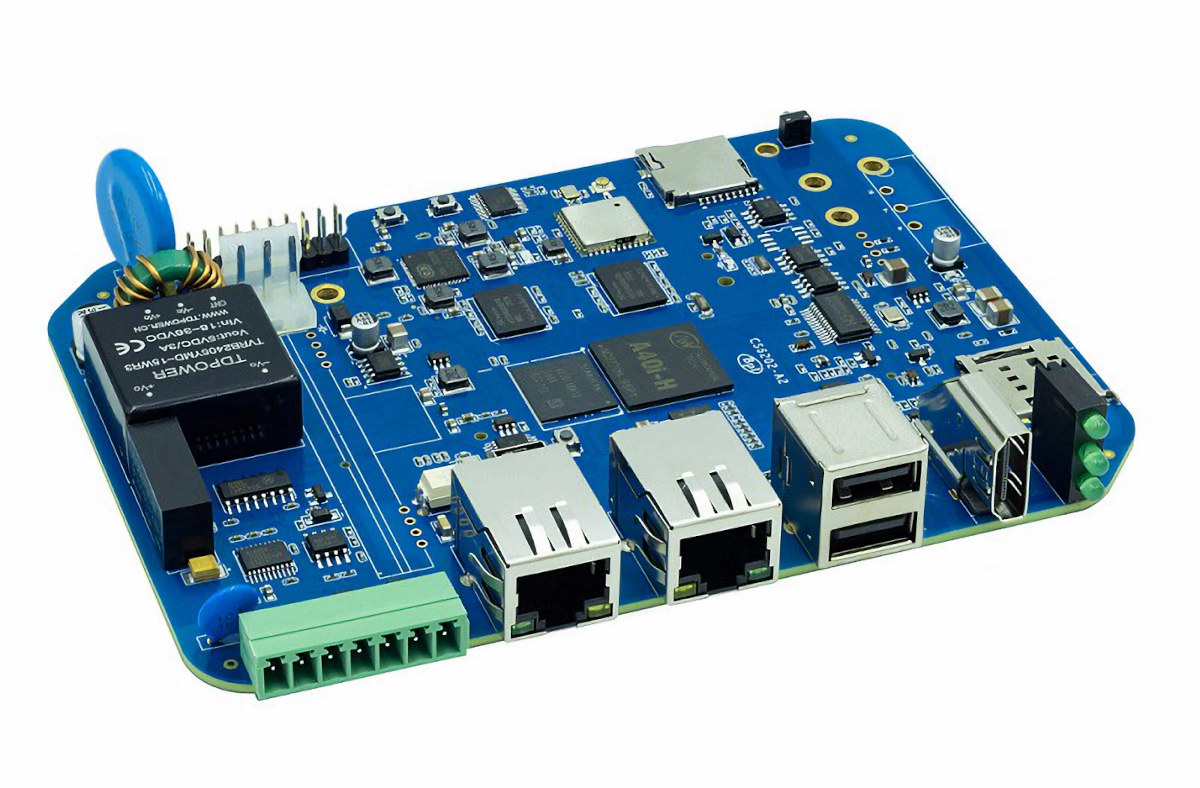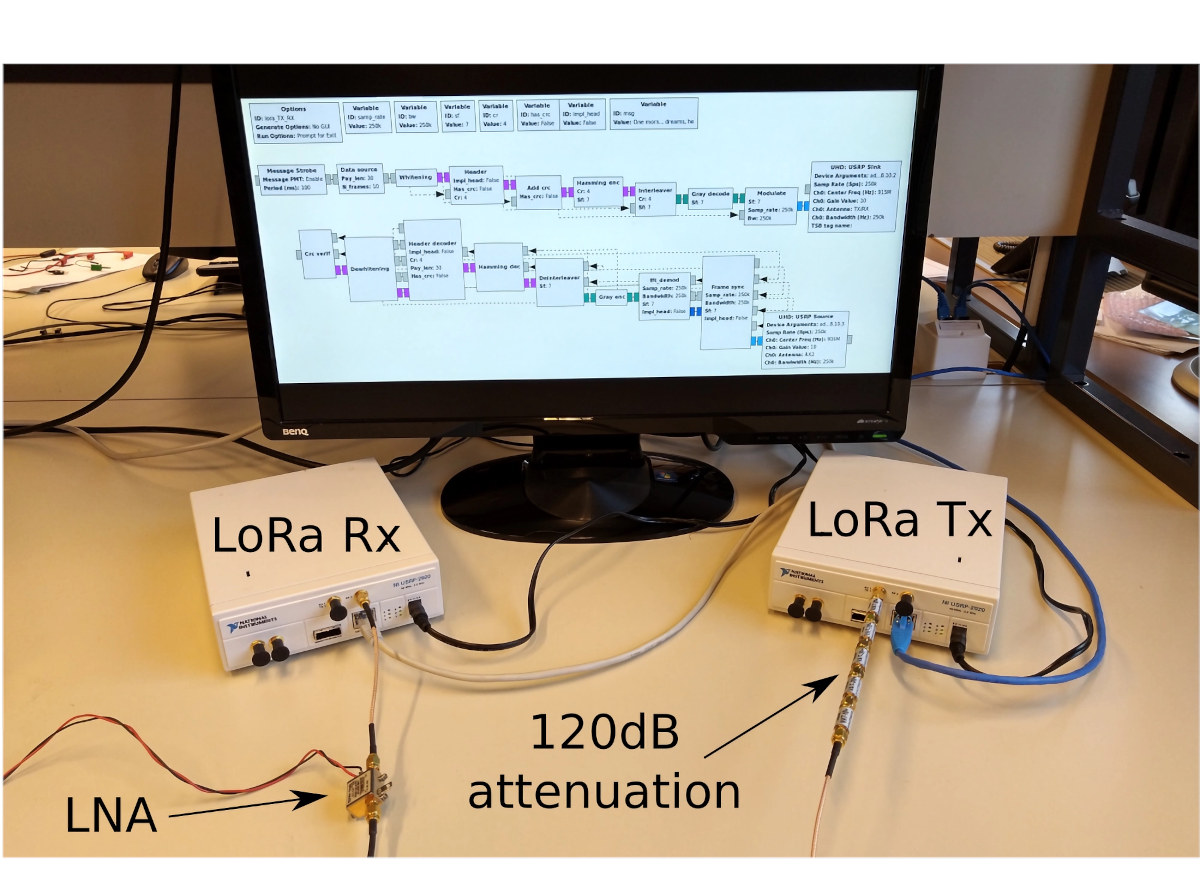Raspberry Shake is a family of Raspberry Pi HATs and full seismograph and infrasound monitors designed to enable earthquake monitoring on the popular single board computer Raspberry Pi Shake and Boom (for acoustic monitoring) HATs have been around for a few years, but I only learned about it now through an article on The MagPi Magazine where Branden Christensen, Business Steward, and Mike Hotchkiss, Marketing Director, were interviewed, so I decided to have a closer look. Four main models of the Raspberry Shake are available: RS1D vertical motion seismograph with a single motion velocity sensor to detect earthquakes RS3D vertical & lateral motion seismograph with one vertical & two lateral motion velocity sensors to measure earthquakes of all magnitudes RS4D “strong motion seismograph with one vertical motion velocity sensor to detect earthquakes, plus one extra vertical and two lateral accelerometer sensors for powerful earthquakes RS&BOOM seismograph & infrasound monitor that […]
Modular Mojo claims to be over 36,000 times faster than Python for AI workloads
Modular Mojo is a new programming language designed for AI developers that is said to combine the usability of Python with the performance of C with over 36,000 times the performance of Python on a matrix multiplication workload. Modular Mojo programming language was not in the initial plan of the company but came about when the company’s founders – who focused on building a platform to unify the world’s ML/AI infrastructure – realized that programming across the entire stack was too complicated and also ended up writing a lot of MLIR (Multi-Level Intermediate Representation) by hand. The “over 36,000 times speedup” claim comes with the matmul.py script performing a 128×128 matrix multiplication in Python with a throughput of 0.00215 GFLOP/s and another script doing 512×512 vectorized + parallelized matrix multiplication in Mojo at 79.636 GFLOP/s. The claim looks dubious and that’s odd they used different matrix sizes, but some are […]
Youyeetoo YY3568 devkit review – Part 1: Unboxing, specifications, and Android 11 testing
Youyeetoo has sent us a review sample of their YY3568 “Bundle 5” devkit with the Rockchip RK3568-powered YY3568 SBC, an 11.6-inch touchscreen display, a MIPI camera module, and all accessories required to get started. We were especially interested in using it to play with the 1 TOPS NPU in the Rockchip RK3568 in Linux, but we’ll start the Youyeetoo YY3568 review with an unboxing, some specifications, and a quick review with Android 11 before switching to Debian 10 in the second part of the review. Youyeetoo YY3568 devkit unboxing The YY3568 single board computer itself is comprised of a carrier board and a YY3568-Core board with a Rockchip RK3568 processor, as well as 8GB RAM, 64GB eMMC flash, and WiFi 5 and Bluetooth 5.0 module. The board is suitable for various applications from generic computing to video playback and AI workloads. YY3568 SBC specifications and hardware overview Youyeetoo YY3568 board […]
TRACEPaw sensorized paw helps legged robots “feel the floor” with Arduino Nicla Vision
Our four-legged friends don’t walk on tarmac the same way as they do on ice or sand as they can see and feel the floor with their eyes and nerve endings and adapt accordingly. The TRACEPaw open-source project, which stands for “Terrain Recognition And Contact force Estimation through Sensorized Legged Robot Paw“, aims to bring the same capabilities to legged robots. Autonomous Robots Lab achieves this through the Arduino Nicla Vision board leveraging its camera and microphone to run machine learning models on the STM32H7 Cortex-M7 microcontroller in order to determine the type of terrain and estimate the force exercized on the leg. But the camera is apparently not used to look at the terrain, but instead, at the deformation of the silicone hemisphere – made of “Dragon Skin” – at the end of the leg to estimate 3D force vectors, while the microphone is used to recognize terrain types […]
EDATEC ED-HMI2020-101C – A 10.1-inch Raspberry Pi CM4-based industrial panel PC
EDATEC has launched yet another Raspberry Pi CM4-based platform for industrial applications with the ED-HMI2020-101C 10.1-inch panel PC with 1280×800 resolution, 9V to 28V wide power input, and support for an optional “extended display” via an HDMI FPC cable that also carries USB/I2C signal for the touchscreen. The system comes with up to 8GB RAM, 32GB eMMC flash, Gigabit Ethernet, optional WiFi 5 and Bluetooth 5.0, built-in stereo speakers, several other audio interfaces, as well as a 40-pin GPIO header for expansion. EDATEC ED-HMI2020-101C specifications: System-on-Module (SoM) – Raspberry Pi CM4 SoC – Broadcom BCM2711 CPU – Quad-core Cortex-A72 processor @ 1.5GHz GPU – VideoCore VI conformant with OpenGL ES 3.1 & Vulkan 1.2 VPU 4Kp60 H.265 video decoder 1080p60 H.264 video decoder 1080p30 H.264 video encoder System Memory – 1GB, 2GB, 4GB, 8GB LPDDR4-3200 SDRAM Storage – 8GB, 16GB, 32GB eMMC flash Wireless – Optional WiFi 5 and Bluetooth […]
Seguro 150 Bluetooth and NFC temperature logger works without mobile app (for the receiver)
Sensified.io Seguro 150 is a 4mm thick waterproof temperature logger designed for cold chain shipping applications in the food and healthcare industries and can also be used in retail settings. Most IoT devices require you to install some type of proprietary app, but the Seguro 150 is said not to require any app for the receiver and the temperature logger instead relies on Bluetooth LE and NFC so he/she can tap his/her phone to access the data and it’s also possible to receive PDF or Excel reports by email. Seguro 150 specifications: Wireless Bluetooth LE 5.0 up to 2Mbps Near-field communications (NFC) up to 10mm range Protocol – Type 4 Tag Emulation Temperature measurement Temperature Range – -30°C to +40°C Thresholds – High, Low Measurement Response – Sampling Interval, Start Delay Buffer – 7 days with 2-minute sampling to 7 months with 60-minute sampling Misc – Multi-color LED Battery – […]
Banana Pi BPI-6202 industrial SBC features Allwinner A40i SoC, 24V DC input, RS485 interfaces
Banana Pi BPI-6202 “embedded single board computer” features the industrial-grade Allwinner A40i quad-core Cortex-A7 processor with industrial temperature range and long life cycle, 2GB DDR3, 8GB eMMC flash, M.2 SATA slot, and more. That’s the second Allwinner A40i board from Banana Pi since the company launched the Banana Pi BPI-M2 Ultra SBC last year, but the new embedded SBC looks to be better suited for industrial applications with features such as dual Ethernet, an RS485 + RS232 terminal block, 24V DC input, and a -40 to +60°C operating temperature range. Banana Pi BPI-6202 specifications: SoC – Allwinner A40i quad-core Arm Cortex-A7 processor @ 1.20 GHz with Arm Mali-400MP2 GPU, 1080p60 H.264, MPEG-4, MPEG-1/2 video decoder, H.264 1080p45 video encoder System Memory – 2GB DDR3 SDRAM Storage – 8GB eMMC flash, microSD card slot, M.2 Key-B 2242 socket for SATA SSD Video & audio output – HDMI 1.4 port up to […]
gr-lora_sdr – A GNU Radio SDR implementation of a LoRa transceiver
The physical layer of the LoRa (LoRa PHY) is a proprietary standard owned by Semtech and people have been trying to reverse-engineer the LoRa standard for years with projects such as GR-LoRa, and over the year various people have taken over the works and new projects have come with the latest one being the gr-lora_sdr GNU Radio software-defined radio (SDR) implementation of a LoRa transceiver. The project has been conducted in collaboration with the Telecommunication Circuits Laboratory of the EPFL (École Polytechnique Fédérale de Lausanne) in Switzerland, and gr-lora_sdr is available as a module for GNU Radio 3.10 with both Tx and Rx implemented so it can be used with hardware compatible with GNU Radio that works in the ISM bands for LoRa (e.g. 433 MHz, 868 MHz, 915 MHz). Highlights of the gr-lora_sdr project: Sends and receives LoRa packets between USRP-USRP and USRP-commercial LoRa transceiver (tested with Adafruit Feather […]



